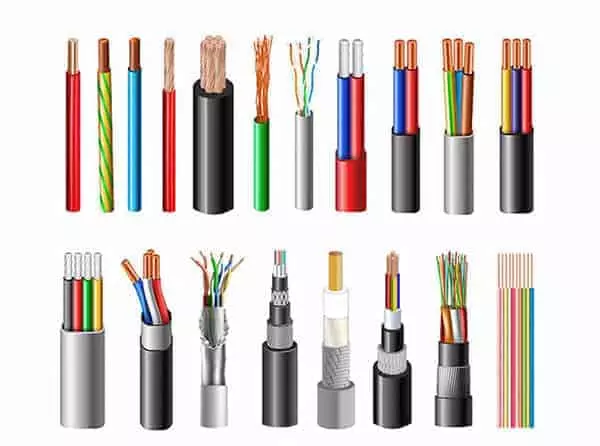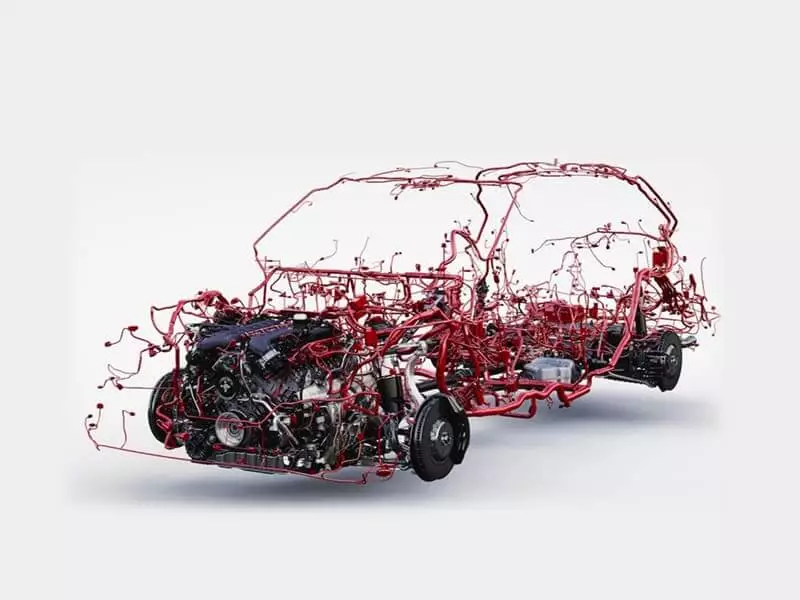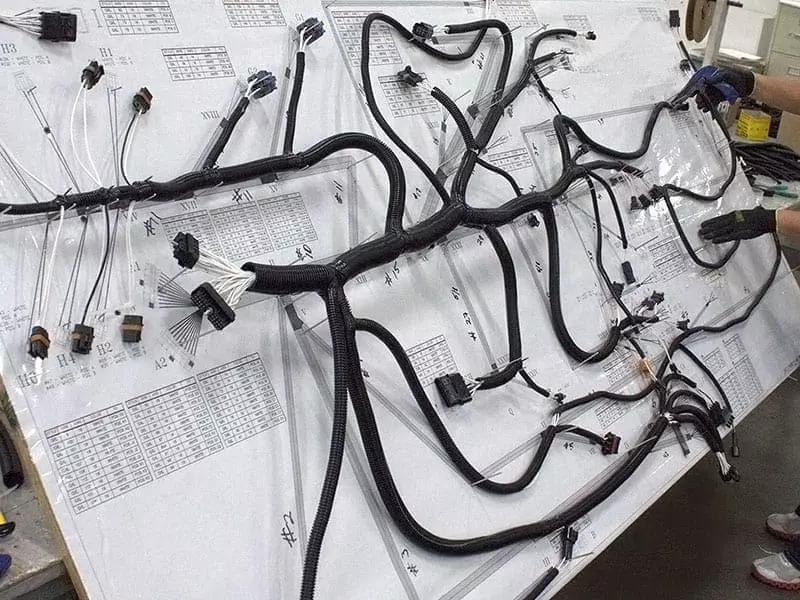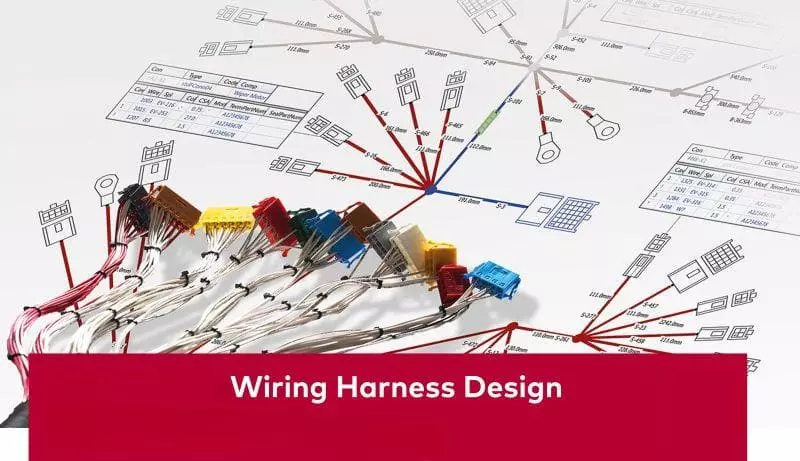Is the Transmission Harness Connector the Same as Detent Cable?
Home » Is the Transmission Harness Connector the Same as Detent Cable?
In automotive repair and technical discussions, people often ask: Is the transmission harness connector the same as the detent cable? In other words, are the transmission harness connector and the throttle cable (detent cable) the same component?
In reality, while both are related to transmission shift control, they differ entirely in structure, function, and applicable eras: the former is an electrical interface within modern electronic control systems, while the latter is a mechanical cable found in traditional hydraulic automatic transmissions. The confusion among many car owners and some technicians primarily stems from the fact that both components influence shift performance in their operational logic.
This article provides a comprehensive analysis covering definitions, distinctions, typical applications, and common faults to help you quickly grasp their differences and make accurate judgments.
What is a Transmission Harness Connector?
The Transmission Harness Connector is a critical component in the electronic control system of modern automotive automatic transmissions. Typically composed of wiring harnesses, terminals, insulating sleeves, and seals, it connects the Transmission Control Module (TCM or ECU) to sensors and actuators within the transmission. Through this connector, power and control signals from the ECU are precisely transmitted to components like hydraulic solenoid valves, speed sensors, and temperature sensors. Simultaneously, real-time data collected by these sensors is relayed back to the ECU, enabling intelligent control of shift logic.
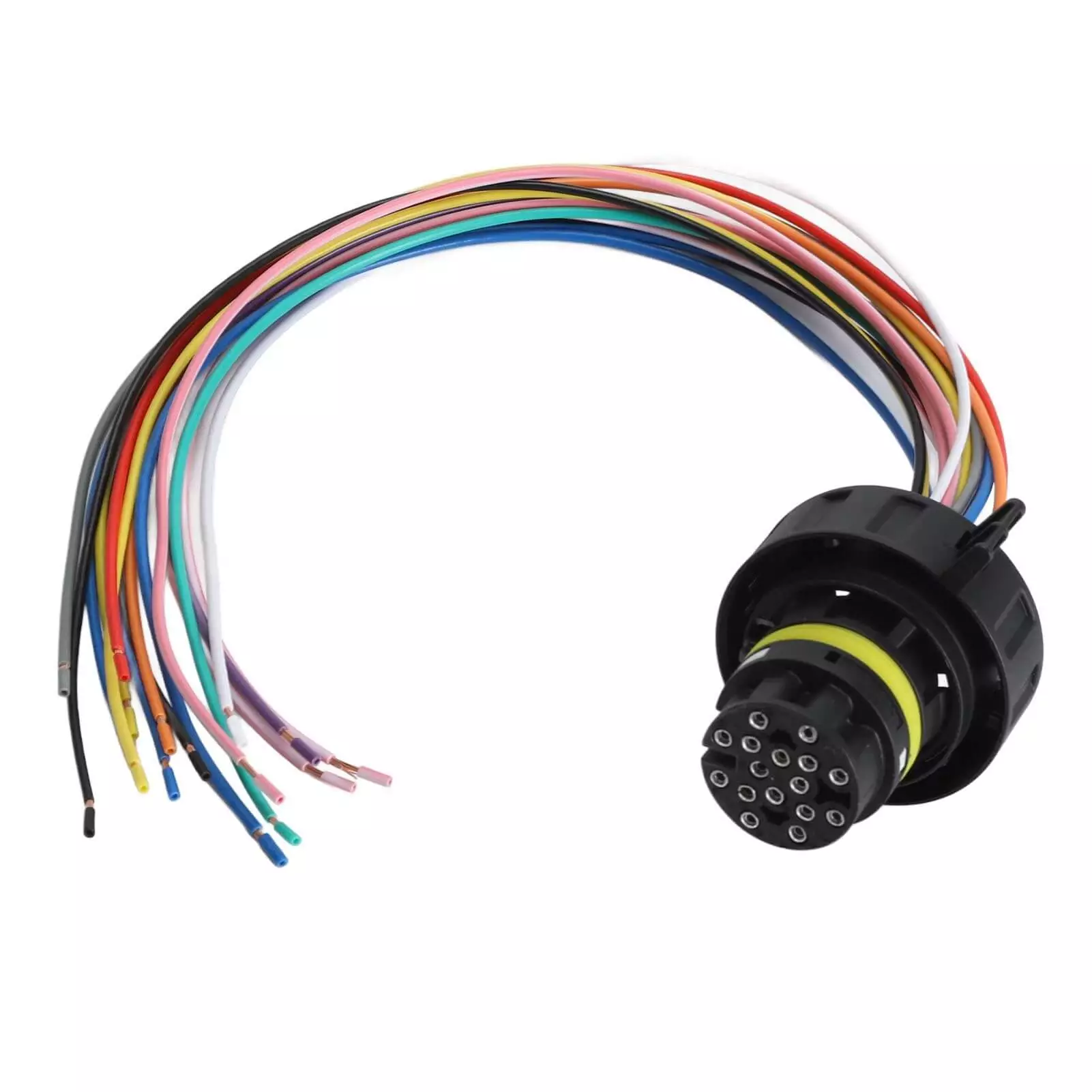
Unlike traditional mechanical cables, the Transmission Harness Connector is a purely electrical interface. Its design must ensure stable signal transmission while meeting stringent requirements like high-temperature resistance, vibration resistance, and water/dust protection (typically rated IP67/IP68). Mounted on the transmission housing or control valve body, it serves as the electronic communication bridge between the engine compartment and transmission. Modern automatic transmissions (AT, CVT, DCT) almost universally rely on this component to ensure smooth and efficient shifting.
Summary: The Transmission Harness Connector is a core electronic control interface. Its fundamental role is to ensure electrical communication and signal transmission within the transmission, making it a critical component for reliable shift control in modern vehicles.
What is a Detent Cable?
A Detent Cable (Throttle Cable/Positioning Cable) is a mechanical control component used in early automatic transmissions. It consists of a flexible steel cable enclosed within an outer sheath, directly connecting the accelerator pedal to the throttle valve body or shift linkage inside the transmission. Its primary function is to mechanically adjust the transmission’s hydraulic pressure and shift points based on changes in the driver’s throttle input, thereby coordinating power delivery with vehicle speed.
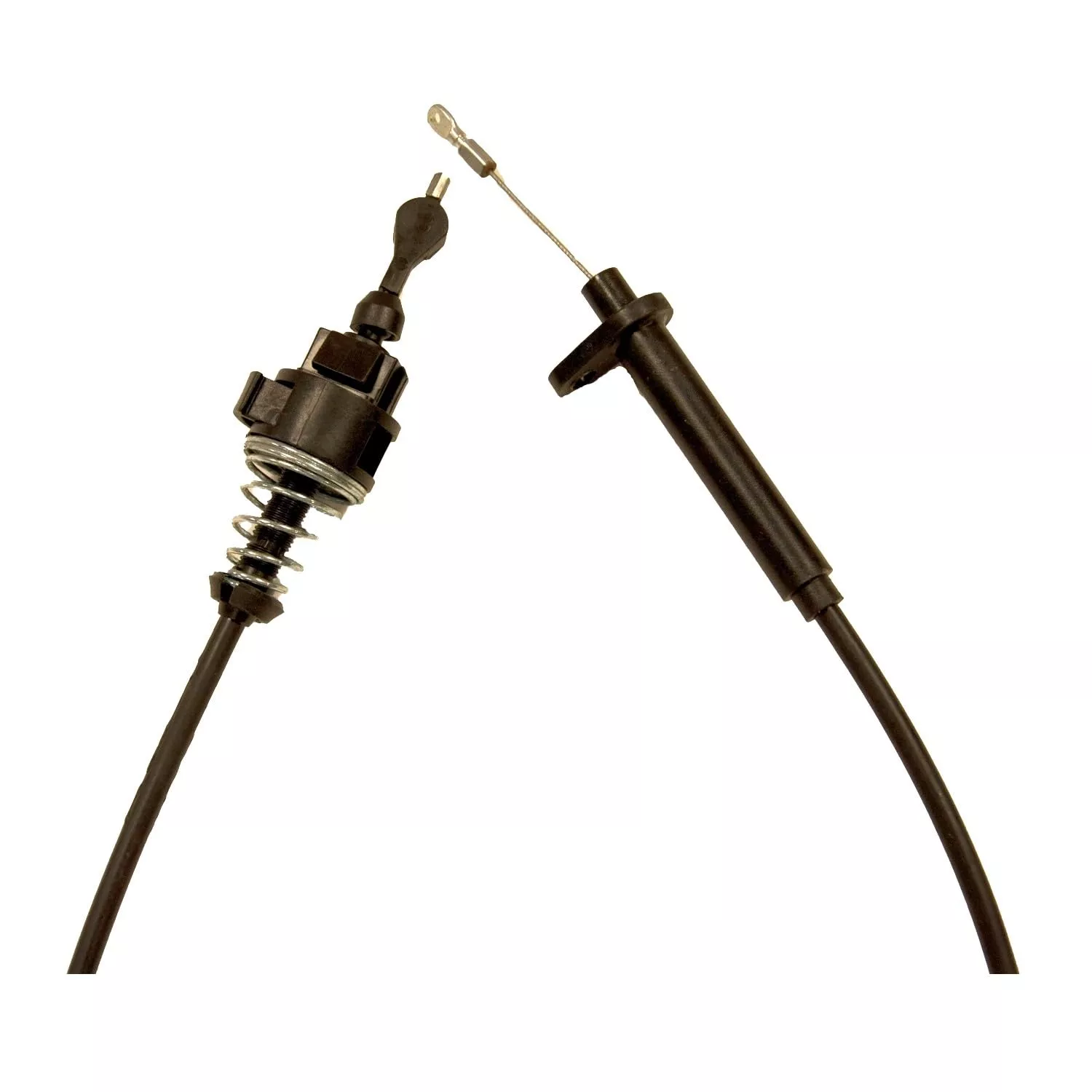
During driving, when the driver depresses the accelerator pedal fully, the Detent Cable pulls the valve body, increasing hydraulic pressure to delay upshifts or trigger the Kickdown function. This boosts engine RPM for enhanced acceleration performance. Since it relies entirely on mechanical transmission, the Detent Cable’s performance is directly tied to its adjustment state. Any slack, binding, or breakage can lead to delayed shifts, increased fuel consumption, or abnormal power response.
This mechanical control solution was widely adopted in hydraulic automatic transmissions from the 1980s to 1990s. However, with the proliferation of electronic control technology, the Detent Cable has been progressively replaced in modern vehicles by the Transmission Harness Connector and ECU control systems.
Differences Between Transmission Harness Connector and Detent Cable
| Aspect | Transmission Harness Connector | Detent Cable |
|---|---|---|
| Definition | Electrical connector linking TCM/ECU with sensors and actuators in the transmission | Mechanical cable linking throttle pedal to transmission valve body |
| Structure | Wires, terminals, seals, protective housing | Steel cable + outer sheath, purely mechanical |
| Function | Transmits power and signals to manage shifting logic and hydraulic control | Adjusts hydraulic pressure and shift points based on throttle input |
| Control Mode | Electronic signal-based | Mechanical action-based |
| Applications | Modern AT, CVT, DCT transmissions | Older hydraulic AT (1980s–1990s vehicles) |
| Common Issues | Signal loss, poor contact, short/open circuits | Slack, sticking, breakage |
| Maintenance | Electrical diagnostics (scan tools, multimeter) | Mechanical adjustment or cable replacement |
Why Are They Easily Confused?
The fundamental reasons for confusion between the Transmission Harness Connector and the Detent Cable lie in their similar names, related functions, technological evolution, and insufficient user awareness. Understanding their differences helps prevent misdiagnosing faults and replacing the wrong parts. Although they are fundamentally distinct components, they are often confused by car owners and even some repair technicians. The main reasons are as follows:
1. Misleading Nomenclature
In certain repair manuals, parts catalogs, or colloquial expressions, the Detent Cable is sometimes referred to as the “transmission control cable” or “kickdown cable,” while the Transmission Harness Connector is often abbreviated as the “transmission connector.” This similar naming convention can easily lead people to mistakenly believe they are the same component.
2. Functional Correlation
Both are directly linked to the transmission’s shift logic:
- The Detent Cable mechanically adjusts shift timing via a cable pull.
- The Transmission Harness Connector electronically controls hydraulic valves and actuators via signals.
Since both ultimately affect transmission shift performance, they are often mistaken as “the same thing.”
3. Technical Transition Period
During the 1980s–1990s, automobiles transitioned from purely mechanical-hydraulic control to electronic control. Some models in this era retained both the Detent Cable and basic electrical interfaces. For these transitional vehicles, users are more likely to confuse the two systems.
4. User Misunderstanding
Many vehicle owners lack awareness of transmission control technology evolution, interpreting the system solely through the lens of “accelerator-to-shift correlation.” Consequently, they may collectively label any shift-related wire or cable as “cable,” blurring the distinction between the two.
How to Correctly Distinguish and Identify Them?
Although the names “Transmission Harness Connector” and “Detent Cable” can be easily confused, their appearance, mounting locations, and inspection methods differ significantly in actual vehicles. The following points can help quickly distinguish them:
①. Observe Installation Location
Transmission Harness Connector:
- Typically located on the transmission housing or valve body, shaped as a multi-pin plug.
- Connects to the ECU/TCM via wiring harness, serving as the electrical interface.
Detent Cable:
- One end connects to the accelerator pedal or throttle linkage, the other to the transmission.
- Appears similar to a mechanical cable, featuring a steel wire core and protective sheath.
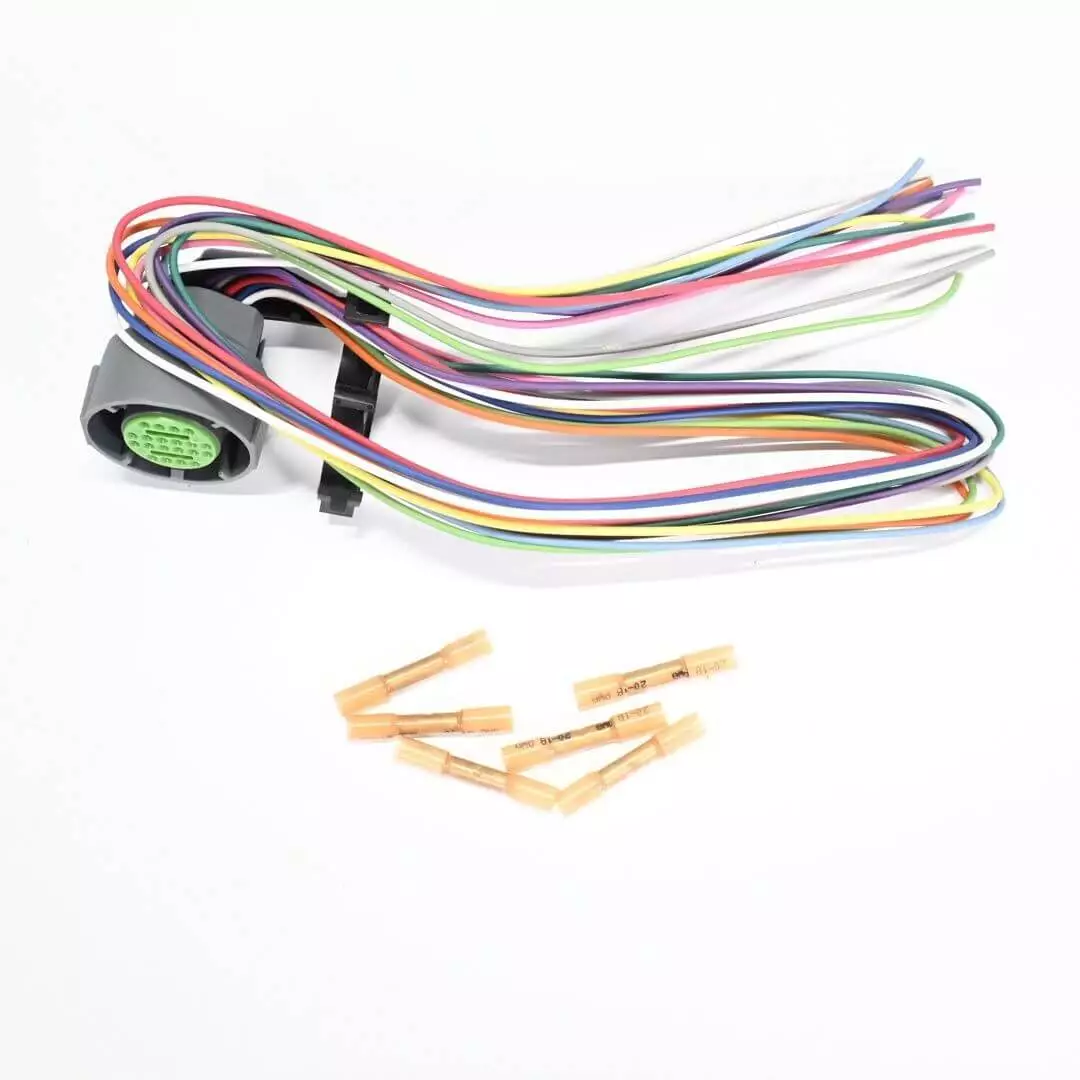
②. Inspect Structural Characteristics
- Harness Connector: Features a plastic housing, waterproof seal, and metal terminals, typically employing a plug-and-play design.
- Detent Cable: A flexible steel cable that transmits motion through physical tension, often incorporating mechanical adjustment mechanisms.
③. Distinguish Control Methods
- Harness Connector: Transmits control signals electronically, with shift logic dependent on the ECU.
- Detent Cable: Adjusts hydraulic pressure through mechanical tension, with shifting entirely dependent on physical action.
④. Identification by Vehicle Era
- Modern vehicles (post-2000): Primarily utilize Transmission Harness Connectors; Detent Cables are absent.
- Vehicles from the 80s–90s: Commonly feature Detent Cables; some hybrid systems may incorporate electrical interfaces.
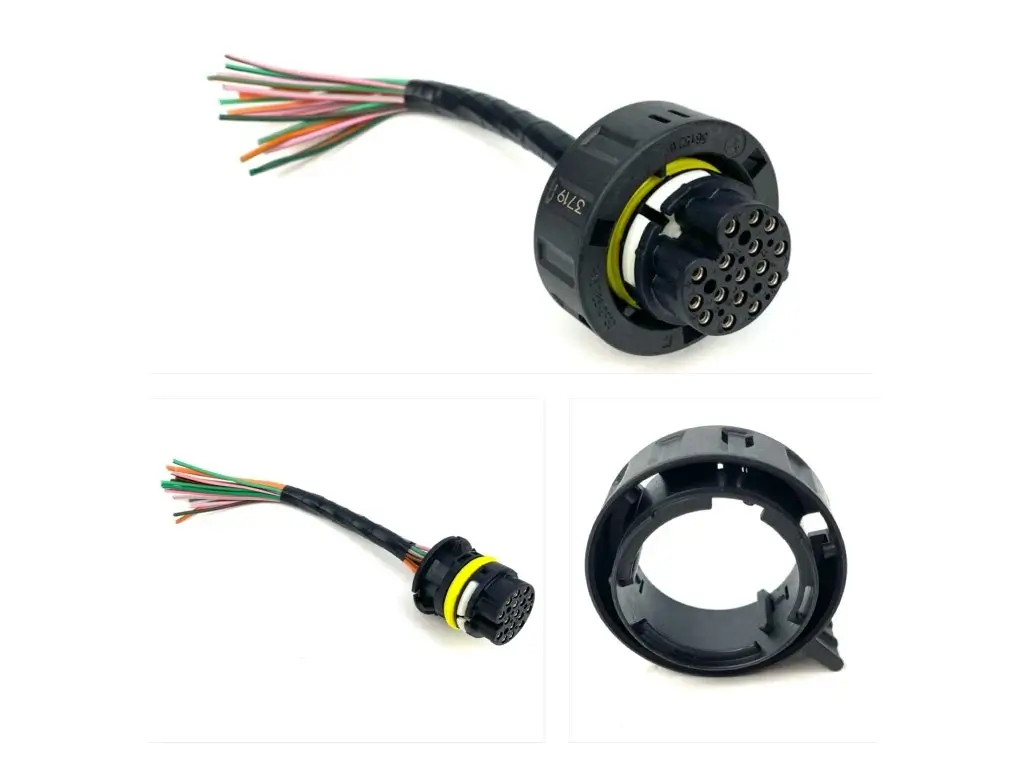
⑤. Differing Diagnostic Methods
- Harness Connector: Inspect using diagnostic tools (OBD/scan tools) and a multimeter to check voltage/resistance. Common issues include poor contact and signal loss.
- Detent Cable: Assess by observing tension and smoothness. Common problems include sticking, breakage, or slack.
Frequently Asked Questions and Common Issues
1. Transmission Harness Connector Failure
Common Issues:
- Loose pins, oxidation, or corrosion
- Insulation aging, harness damage
- Poor contact, short circuit, or open circuit
- Damaged waterproof seal
Typical Symptoms:
- Abnormal shifting (jerking, delay, or inability to upshift/downshift)
- Transmission enters “Limp Mode”
- Transmission fault indicator illuminates on dashboard (Check Transmission light)
- Diagnostic tool reads related fault codes (e.g., P0700, P0715)
These issues are typically confirmed using electrical diagnostic tools (OBD, multimeter) and fall under electronic control system problems.
2. Throttle Cable Malfunction
Common Issues:
- Loose cable or improper adjustment
- Internal wire breakage
- Sleeve wear causing sticking
- Insufficient lubrication leading to rough operation
Typical Symptoms:
- Shift delay or late upshifts
- Kickdown function failure
- Increased fuel consumption, elevated engine RPM
- Sluggish or inconsistent acceleration response
These issues are typically identified through mechanical inspection (checking cable tension and smooth operation), falling under traditional hydraulic control problems.
FAQs
Q1: Does my vehicle have a Detent Cable?
A1: Older automatic transmission models from the 80s–90s typically feature a Detent Cable. Most vehicles after 2000 have switched to the Transmission Harness Connector.
Q2: What symptoms indicate a faulty Transmission Harness Connector?
A2: It may cause abnormal shifting, jerky movements, entry into limp mode, and illumination of the dashboard warning light. A diagnostic tool can read related fault codes.
Q3: What symptoms indicate a problem with the Detent Cable?
A3: Shifting delays, kickdown failure, increased fuel consumption, and excessively high engine RPM, but no ECU error codes will be reported.
Conclusion
In summary, the Transmission Harness Connector is not the same as the Detent Cable. The former serves as the core electrical interface in modern automatic transmission electronic control systems, facilitating signal and power transmission. The latter is a mechanical cable used in traditional hydraulic automatic transmissions to adjust shift points. These components differ fundamentally in structure, function, and era of application. Understanding these distinctions enables vehicle owners and technicians to diagnose issues more accurately, preventing misdiagnosis and incorrect replacements.
As a professional wiring harness and connectivity solutions supplier, Linkwings is committed to delivering Transmission Harness Connectors and custom wiring harness assemblies that meet international standards, ensuring your vehicle maintains reliable performance under all operating conditions.
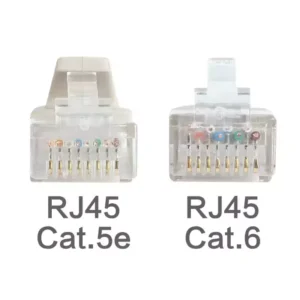
What is the Difference Between Cat5e and Cat6 RJ45 Connectors?
Table of Contents Wh
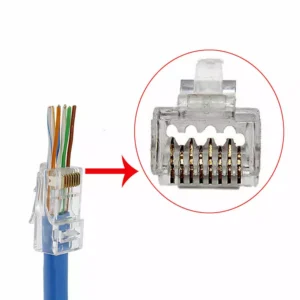
What is RJ45 Connector?
Table of Contents In
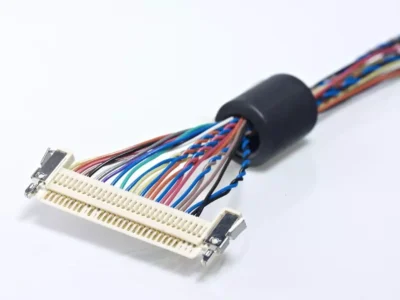
Top 10 LVDS Cable Manufacturers in World 2026
Table of Contents In

How to Check Lvds Cable?
Table of Contents In

